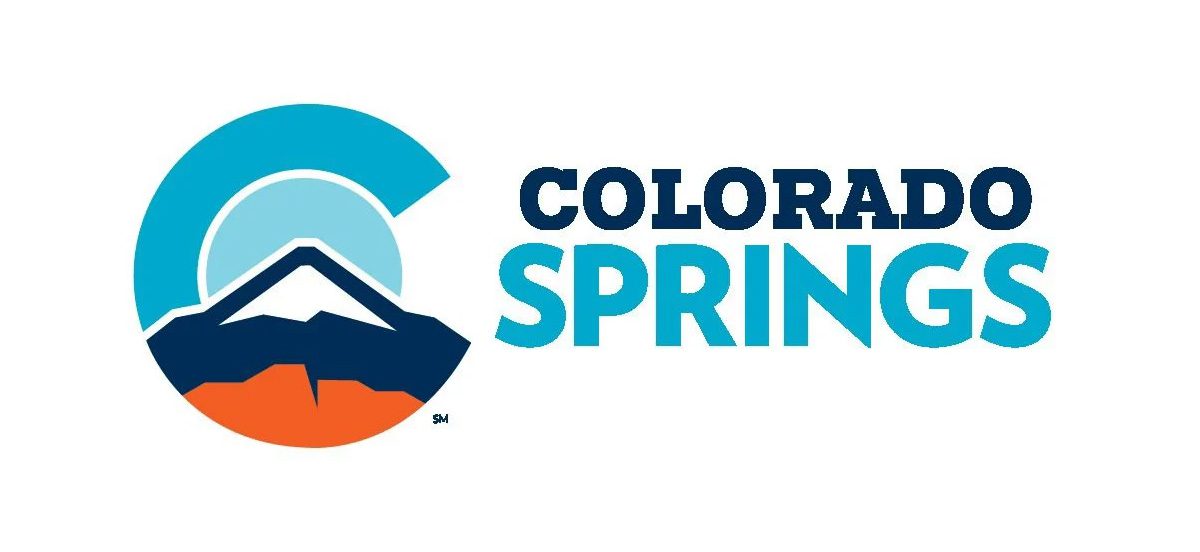Is your workplace safety program working as intended? Are your people as safe, healthy, and productive as possible?
The only way to find out is through a safety audit – also called health and safety audits — or EHS audits (‘EHS’ stands for Environment, Health & Safety). Safety audits are the gold standard for testing workplace safety program effectiveness; they help employers keep their workers out of danger, avoid legal risks, increase efficiency, and determine whether they’re in compliance with federal and state regulations.
As such, safety audits are an essential component of any safety program. If you conduct them regularly, before long, the audits will pay for themselves.
Here’s everything you need to know about safety audits and why your organization should be conducting them on an ongoing basis.
What is a Safety Audit?
An audit is a systematic review of something; it’s a sweeping, rigorous, and sometimes painful process meant to verify that what’s supposed to be happening is happening—or that what was claimed to have happened did actually happen.
Audits are typically conducted by independent entities rather than the person or organization undergoing the audit. In other words, you can’t audit yourself; you may not know what to look for, and even if you did, you couldn’t be objective about it.
Consider an Internal Revenue Service (IRS) audit, for instance. When someone gets audited by the IRS, a government agent combs through that person’s financial records to check for errors and missing information and to determine if the individual filed their taxes correctly. The taxpayer couldn’t do this themselves, as a) they’re probably not an accounting expert; and b) they would have an incentive to overlook errors and misrepresent their finances.
Most people dread the possibility of an IRS audit, but they really have nothing to fear if they’ve been doing what they’re supposed to be doing—namely, keeping detailed, accurate records and paying what they owe on time.
A safety audit is similar in terms of depth and objective analysis. However, unlike an IRS audit, there’s no immediate penalty if errors emerge—as long as you act quickly.
Audits are considered a best practice, especially for large and mid-sized employers. The Occupational Safety and Health Administration (OSHA) recommends that employers of all kinds conduct regular safety audits “to promptly correct all violations of the [Occupational Safety and Health Act] that are discovered in order to ensure safety and health in the workplace.” And while OSHA doesn’t mandate them, the agency increasingly expects to see them— shaming and imposing hefty fines on companies that don’t conduct them regularly.
During a safety audit, an auditor or team of auditors scrutinizes your organization’s safety program for gaps, problems, and inefficiencies. The auditing party has three basic priorities:
- Uncover issues that endanger people’s health and safety
- Identify areas of non-compliance with occupational health and safety regulations
- Assess other opportunities to improve the program
A good safety auditor will tell you in no uncertain terms what your organization is doing well and what needs to be fixed. As with an IRS audit, there’s nothing to fear if your safety program is operating as it should. But if your people are exhibiting unsafe behaviors or working in hazardous conditions, or if your program is deficient or cumbersome—or if you have no formal program in place—you’ll have some work ahead of you.
Fortunately, your auditor may be able to help you get on the right track quickly and with minimal expense. Many safety auditors are also safety consultants who specialize in improving organizational safety and health. They’re like physicians—diagnosing the symptoms of poor EHS performance and then treating any underlying causes.
Safety Audits vs. Safety Inspections: What’s the Difference?
Safety audits and safety inspections are not the same things. Yes, they’re similar in that both involve an examination of an organization’s EHS program, and yes, the two terms are often used interchangeably.
With that said, each term has a specific meaning—and mixing them up could get you in trouble.
An audit is distinct from an inspection in two fundamental ways:
- Safety audits are more in-depth than safety inspections.
- Safety audits and safety inspections are typically performed by different people.
What Does a Safety Audit Look Like?
Whoever performs it, a safety audit usually involves the same basic steps:
- Preparation: An organization decides that it’s time for an audit and selects a safety auditor. Many companies have access to auditors through their EHS solution providers; others need to look within their networks or search for the right individual or firm to hire. The parties then get in touch and plan for the audit, determining scope, timeline, and objectives. At this point, the auditor may request some initial documentation and information from the organization, or simply set a date to visit the company’s facilities.
- Conducting the Audit: One or more safety auditors investigate the organization’s premises, procedures, people, and programs, paying close attention to any clear or potential hazards, safety issues, and regulatory violations. Many aspects of the process can occur electronically, but most audits necessitate a physical visit. Depending on the style and type of audit being conducted, an auditor may use a checklist, grade the organization in various categories, and/or jot down qualitative thoughts and observations. Auditors often take pictures, interview employees and organizational leadership, and collect other forms of evidence. This information is confidential—it stays between the auditor and the company getting audited.
- Reporting: Once the audit is completed, the auditor creates a report detailing their findings. This report typically summarizes what is and isn’t working, indicating the relative priority and severity of different safety issues with various forms of data, charts, and graphs. Good safety auditors also provide recommendations for safety program improvements.
- Corrective and Preventative Actions: Either on their own or with the help of the safety auditor, the organization’s internal team gets to work addressing the audit findings. Effective follow-through involves taking both corrective and preventative actions — correcting existing problems and preventing future sources of risk from developing further. Again, the best safety auditors are also safety consultants and can ensure this occurs in a thorough, timely, and cost-effective manner.
How Often Should Safety Audits Happen?
Generally speaking, an organization should conduct a safety audit at least once per year.
However, some organizations—particularly larger organizations—perform safety audits more often (e.g., every six or three months) to minimize their risks. Other companies are obligated to perform audits at specific dates due to internal policies, pressure from customers or shareholders, or orders from OSHA or another regulatory body.
Significant changes in business, technology, laws, and regulations, working conditions, and workforce composition also trigger safety audits. For example, if you recently opened a plant in another state, hired 100 new employees, or purchased a fleet of forklifts, it’s probably a good idea to conduct a safety audit.
What are the Benefits of Performing a Safety Audit?
Regularly occurring safety audits offer myriad benefits to organizations, as well as their employees, contractors, and customers:
-Improved workforce safety
-Fewer accidents, injuries, and illnesses
-Lower workers’ compensation costs
-Fewer legal claims
-Less regulatory uncertainty and compliance risk
-Less turnover
-Greater productivity
-Improved employee morale
-Improved efficiency
-Improved publicity and reputation
-Better decision-making
Until next time – Work Safe…It’s That Easy!




